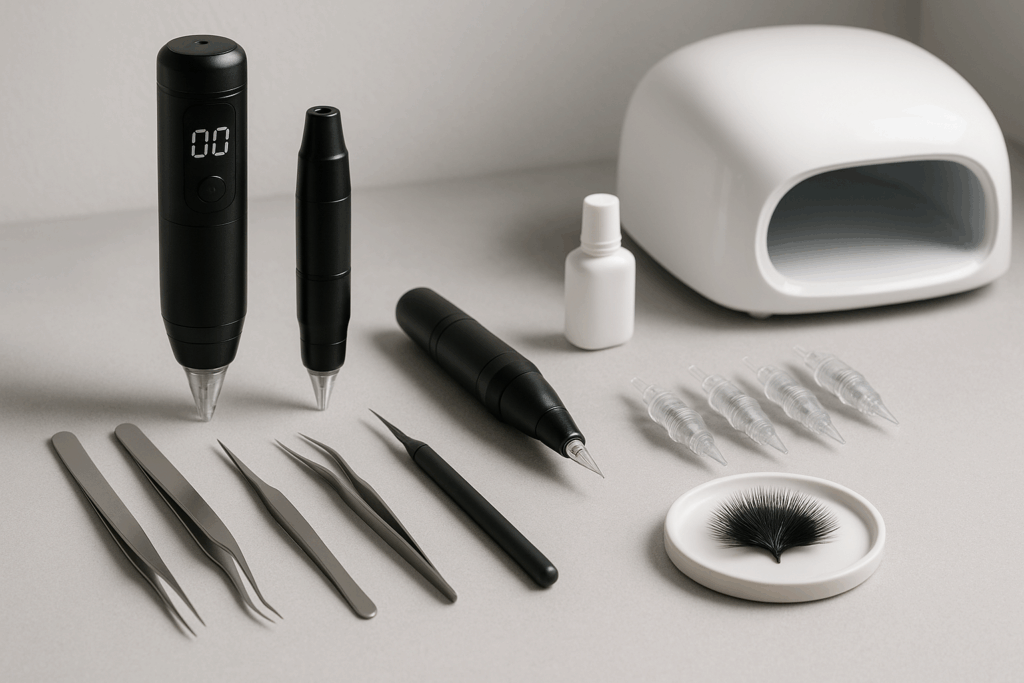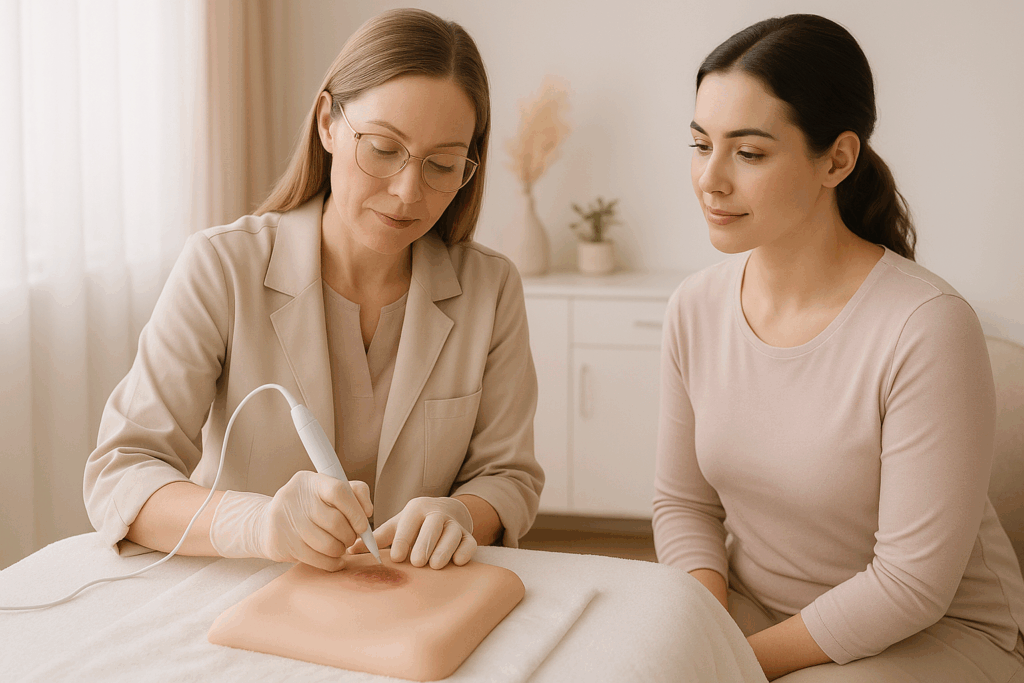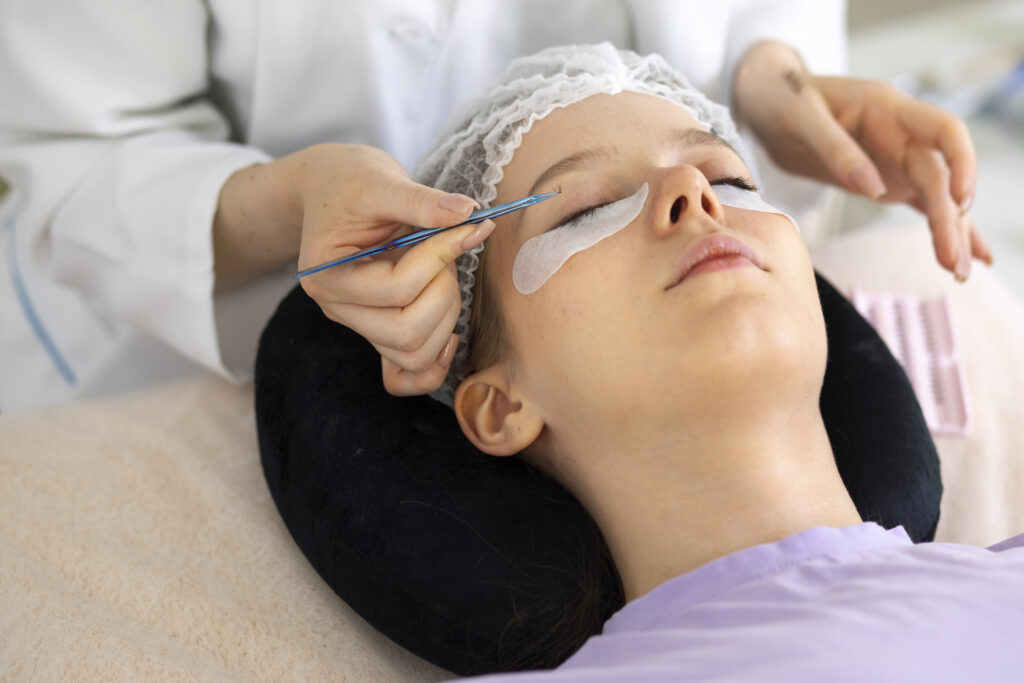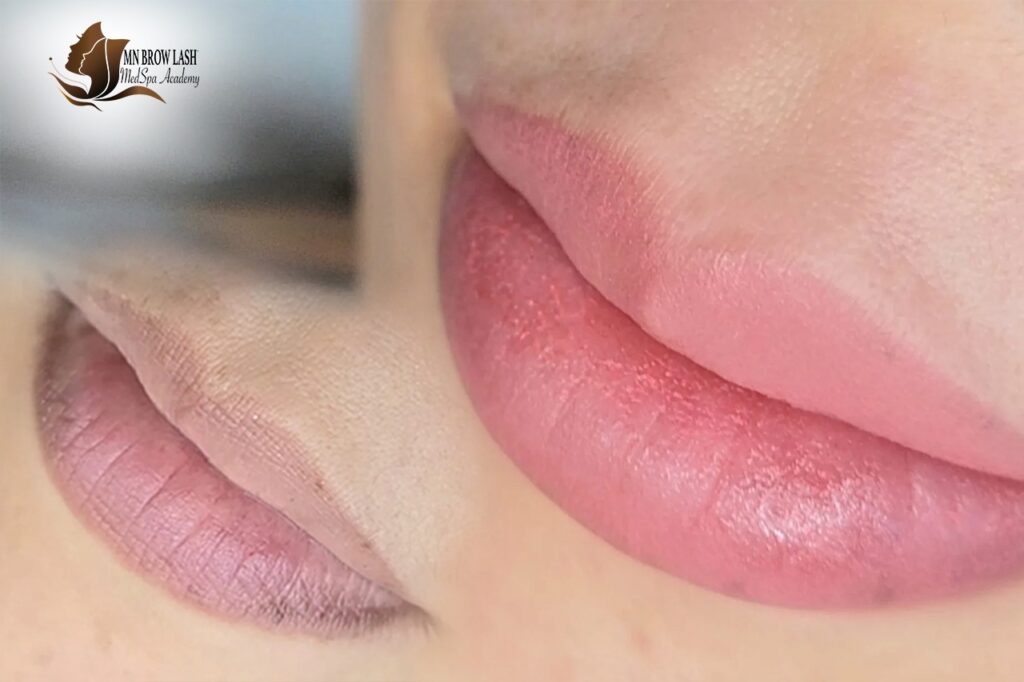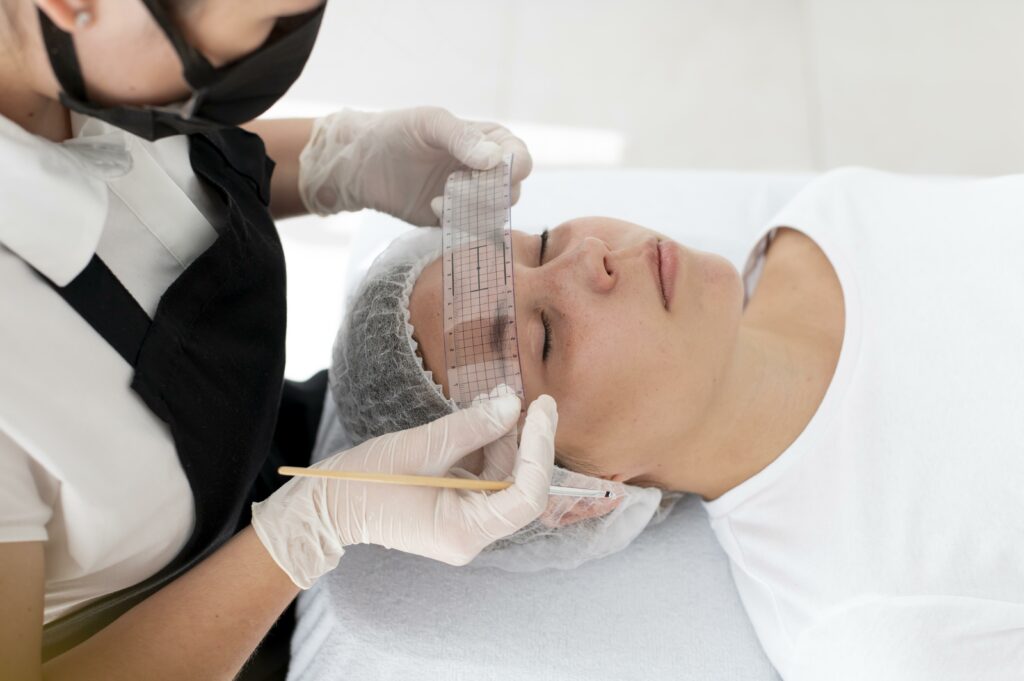Have Questions? Contact Us Now!
- By MN Brow Lash & Medspa Academy
Color Retention in Different Skin Types: What PMU Training Artists Must Know
You’ve just finished a permanent makeup procedure. The shape is perfect, the color looks great, and your client is thrilled. A few weeks later, they come back for their touch-up, and the results are not what you expected. The color has faded a lot, or the crisp lines have blurred. What happened?
The answer is almost always the client’s skin. As a permanent makeup artist, the skin is your canvas. Understanding how different skin types accept and hold pigment is one of the most important skills you can learn. It is the foundation of creating beautiful, lasting results. This knowledge is a core part of any quality pmu training program.
At MN Brow Lash Academy, we teach our students that you can master a technique, but without understanding the canvas, your results will always be a gamble.
It’s All About the Canvas: Why Skin Type Rules PMU Results
Think of it like painting. You wouldn’t use the same paint and brush on a smooth, dry canvas as you would on a textured, oily one. The paint would behave differently. The same is true for PMU pigment. Skin is a living, breathing organ, and its characteristics directly influence your work.
Factors like oil production, skin thickness, and pore size determine how pigment settles into the dermis and how it looks once healed. Ignoring these factors leads to inconsistent work and unhappy clients. A great artist knows how to adapt their technique, needle choice, and even pigment selection to suit each unique client.
The Main Skin Types and How They Affect Your Work
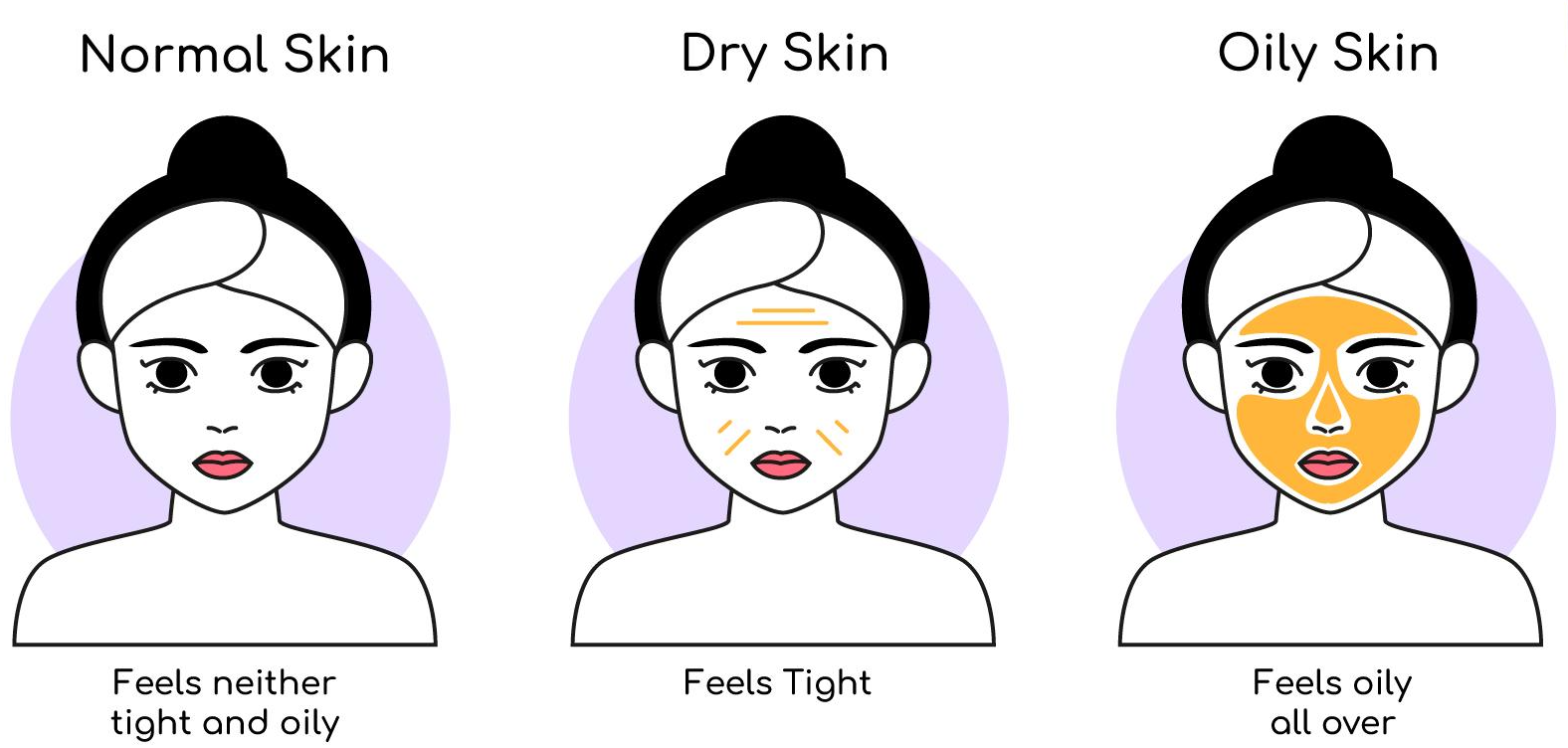
Let’s break down the common skin types you’ll see and what they mean for your PMU procedures.
Oily Skin
Oily skin is probably the most challenging canvas for a PMU artist.
- What it looks like: It often has larger pores, a visible shine, and a thicker texture.
- How it affects PMU: The constant oil production can push pigment to the surface, causing it to fade faster. For microblading, the oil can cause the fine hair strokes to expand and blur, resulting in a less crisp look. Colors also tend to heal on the cooler, ashier side.
- Your approach: For oily skin, consider suggesting a powder brow or a combination brow. These techniques generally hold their shape and color better than microblading alone. You must manage client expectations from the start.
Dry and Normal Skin
These skin types are the ideal canvas for permanent makeup.
- What it looks like: Pores are small or not visible. The skin texture is smooth and even.
- How it affects PMU: This skin accepts pigment well and tends to retain color for a long time. If you are doing microblading, you can expect the hair strokes to heal sharp and defined.
- Your approach: Most PMU techniques work well on dry or normal skin. You have the most creative freedom here, but always remember to ensure the client’s skin is well-hydrated before the procedure.
Mature Skin
Working on mature skin requires a gentle touch and a different approach.
- What it looks like: The skin is often thinner, has less elasticity, and may show signs of sun damage.
- How it affects PMU: Because it’s more delicate, mature skin can be more sensitive and prone to bleeding or bruising during the procedure. Pigment can also migrate more easily if you are not careful with your depth and pressure.
- Your approach: Use a light hand. A soft, powdery look is often more flattering and safer to execute than bold, sharp lines. Overworking the skin is a major risk, so work efficiently and gently.
More Than Oily or Dry: The Fitzpatrick Scale
Beyond the basic skin types, you must also understand the Fitzpatrick scale. This scale classifies skin based on its amount of melanin and its reaction to sun exposure.
Why does this matter for PMU? The client’s natural melanin will mix with the pigment you implant. A warm brown pigment implanted in skin with a lot of melanin (a higher Fitzpatrick type) will heal cooler than it would on fair skin. Understanding this helps you choose the right pigment to avoid healed results that look gray, ashy, or even purple. This is advanced knowledge that a comprehensive pmu training program should cover in detail.
Putting It All Together: A Tale of Two Clients
Imagine two clients, both in their late 20s, who want crisp, natural-looking microbladed brows.
- Client A has dry, smooth skin. You perform the microblading procedure, and she heals perfectly. The strokes are fine and clear, and the color is rich.
- Client B has very oily skin. An untrained artist might perform the exact same procedure. But after a few weeks, the strokes on Client B’s brows have blurred together, and the color has faded to a dull, ashy tone.
A properly trained artist would have identified Client B’s oily skin during the consultation. They would have explained why microblading might not be the best choice and recommended a beautiful powder or combination brow instead. This is the difference that expert knowledge makes.
Great Training Makes the Difference
Mastering permanent makeup is about more than just artistry. It’s a science. Understanding the skin you work on is not optional; it’s the key to your success, safety, and reputation.
Here at MN Brow Lash Academy in Minnesota, we make skin theory a cornerstone of our pmu training. We give you the in-depth knowledge to read the canvas in front of you and make the right choices every time. Your confidence as an artist grows when you know you can deliver consistent, beautiful results for any client who walks through your door.
